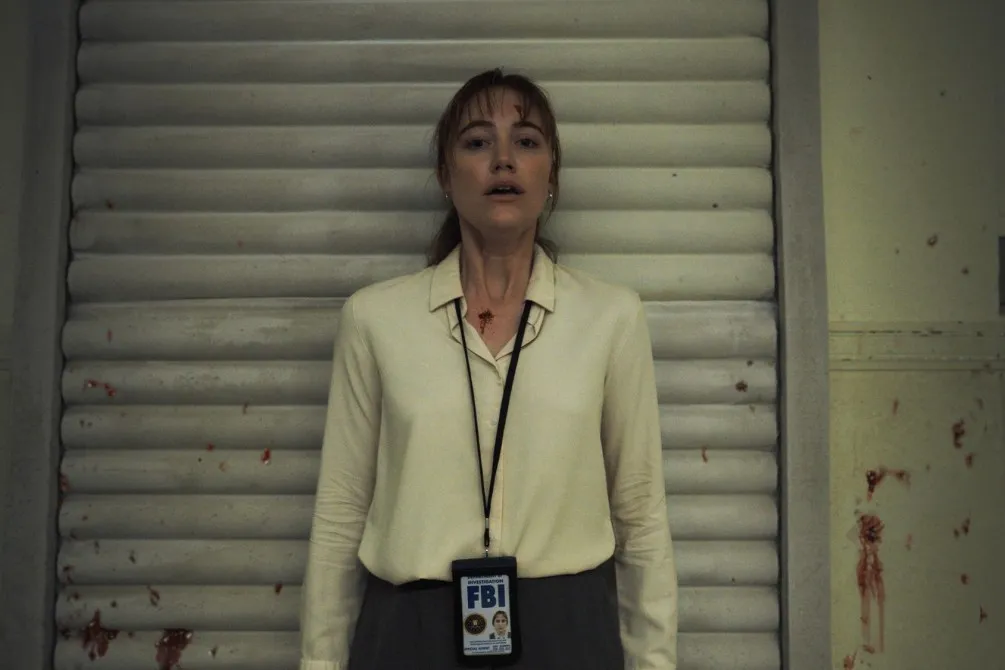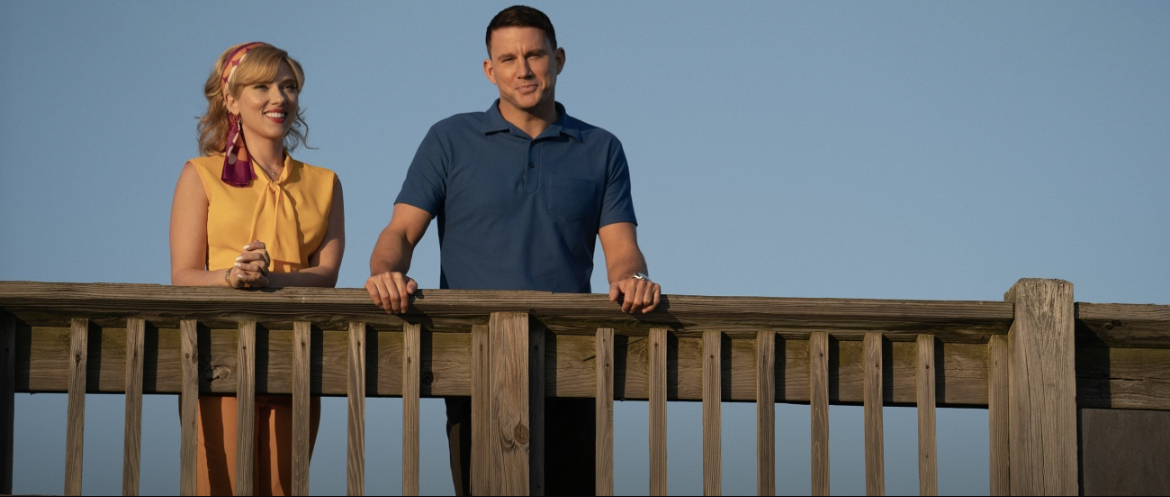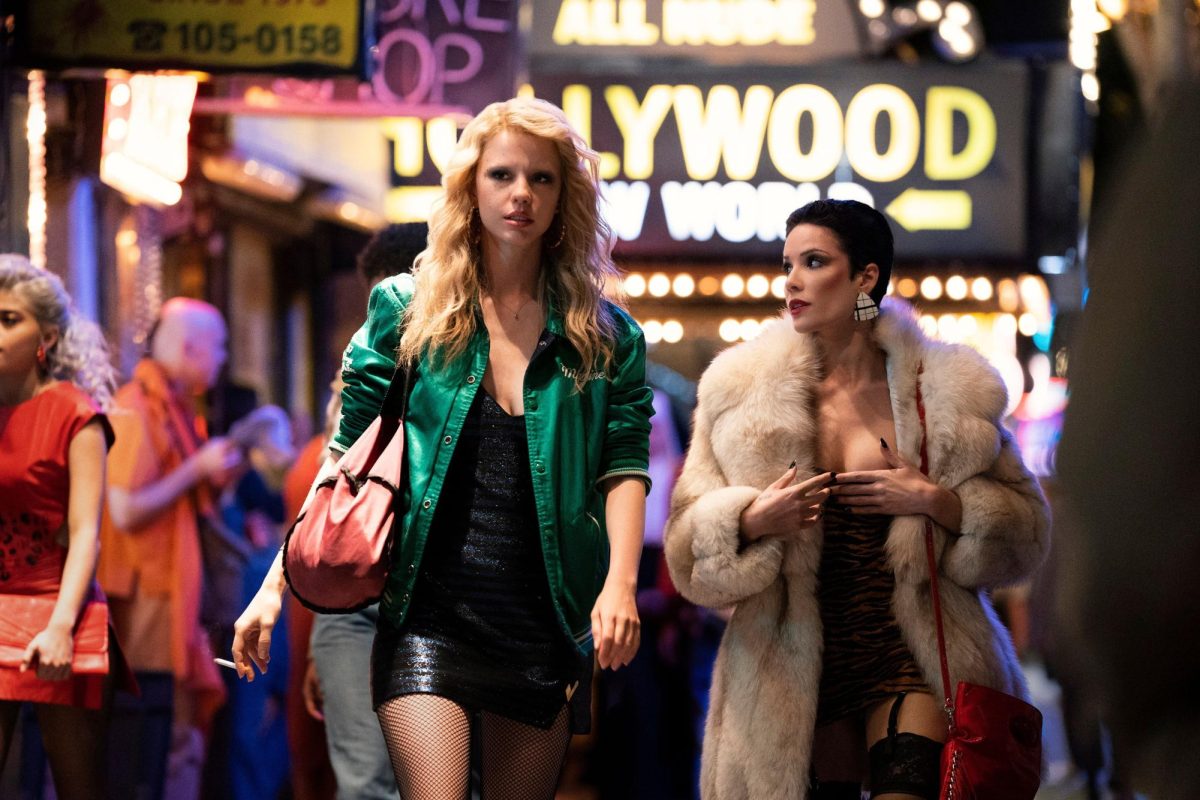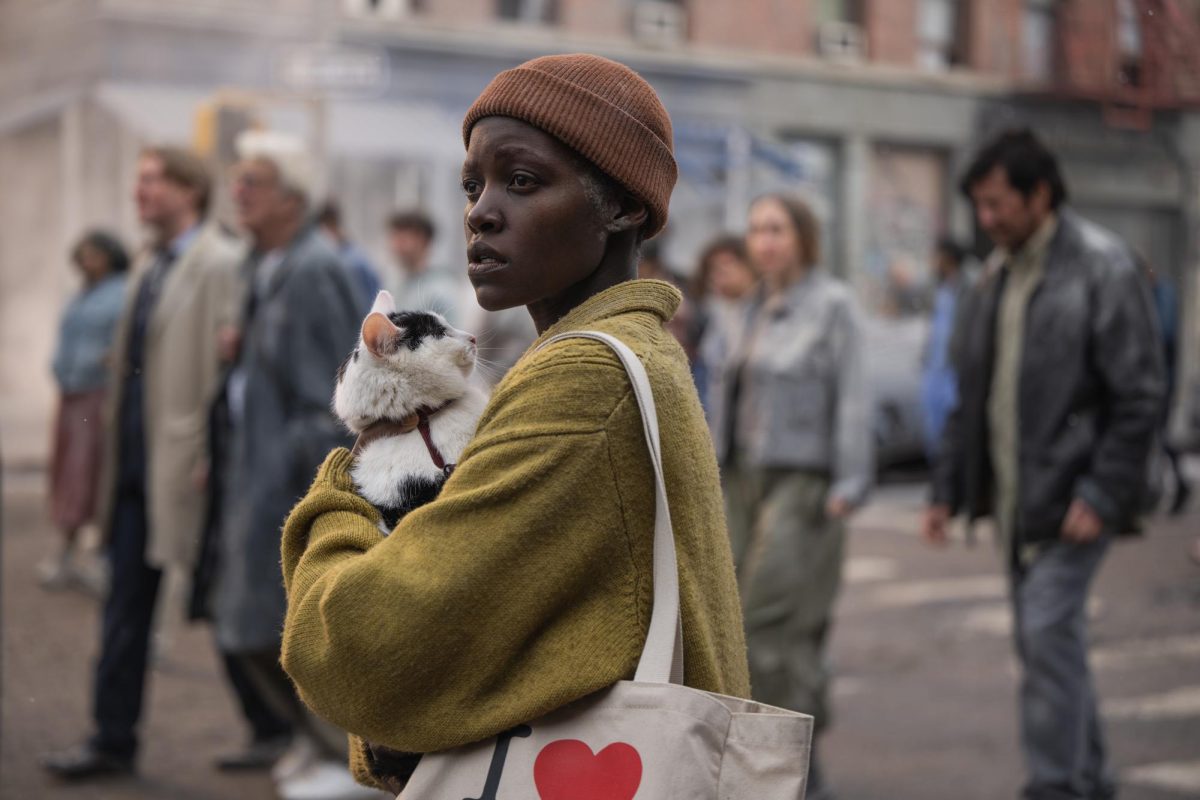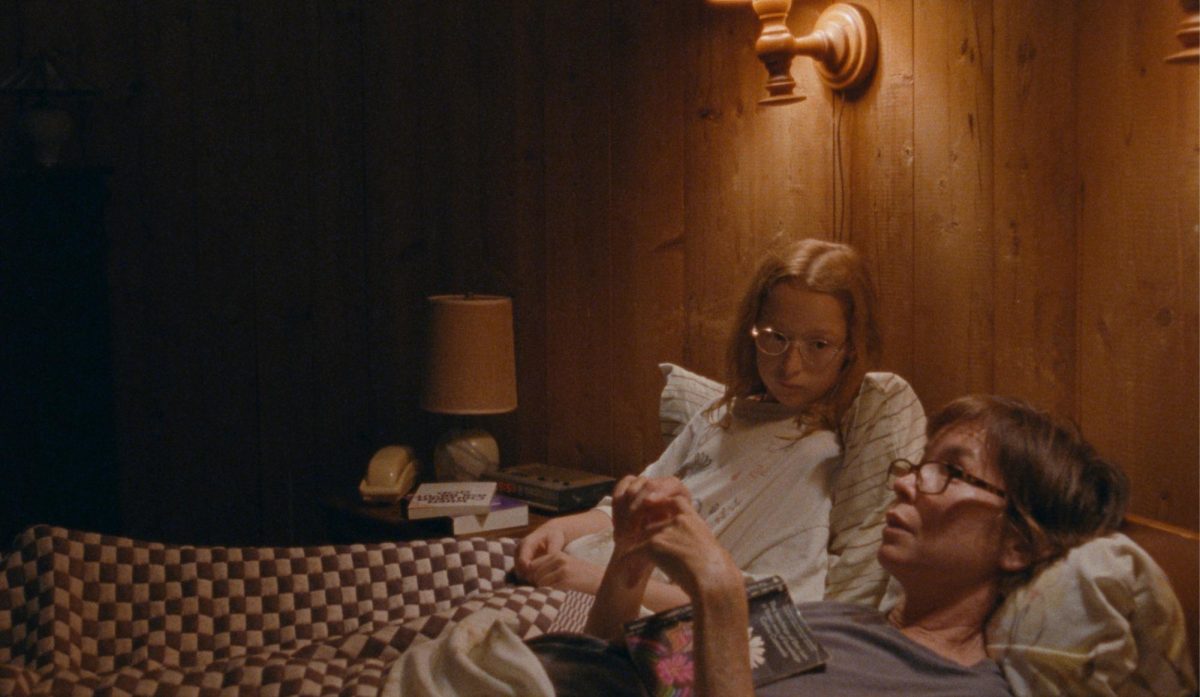Every few years, there’s a sudden glut of films in a very specific genre. Twelve years ago, it was the asteroid flick, with “Armageddon” and “Deep Impact,” and this summer had a rush of men-on-a-mission films with “The Losers,” “The A-Team,” and “The Expendables.” However, if 2010 has one defining trend, it’s unquestionably the claustrophobic film, which feature a handful of characters trapped in a confined space. Earlier this year, “Frozen” and “Devil” started the pattern with a chair lift and an elevator, respectively. “Buried,” set entirely in a coffin, released last month to little fanfare. However, the best of these films, and one of the best of the year, is easily “127 Hours.”
Based on the true story of mountain climber Aron Ralston (James Franco), “127 Hours” is a film that almost defies classification into any given genre. It’s moving enough to be a drama, it’s brutal enough to be a horror flick and funny enough (mostly thanks to star James Franco’s dynamite performance) to be a comedy.
Fortunately, director Danny Boyle handles the shifts in tone effortlessly. Continuing to reinvent himself with every film he makes, Boyle brings his trademark kinetic energy to every shot of the film, which is remarkable considering the majority of it takes place in the cramped space where Aron’s arm is trapped under a rock.
James Franco is the only person on screen for much of the film, and he gives the best performance of his career, likable and riveting. Franco convinces the audience to not only care about him, but invest in him, and it makes Aron’s eventual triumph all the more moving. While a few moments are ill-conceived, Franco’s infectious sense of humor and determination keep things moving along quickly.
(After this point, I’ll be discussing the ending of the film, which is common knowledge: Spoiler-phobes who don’t know the story are warned).
Boyle’s buildup to Aron’s escape is methodical, impeccably building hopelessness in the character and viewer until it’s clear that amputating the trapped arm is the only option for escape. The climactic scene, which reportedly caused fainting at the film’s world premiere in Telluride, isn’t quite restrained. Boyle revels in making the audience squirm with a few key shots but is by no means over-the-top, respectful of Aron’s plight but not above forcing the audience to feel his pain.
However, where the film hits its highest point is after Aron’s escape, as he staggers his way to rescue. These are the film’s best scenes, a moving and triumphant catharsis that is inspiring in all the right ways without being the slightest bit cheesy or overwrought. Boyle has always struggled with third acts (especially in 2007’s “Sunshine,” an otherwise perfect film), but the final moments of “127 Hours” are some of the finest you’ll see in a movie theater this year.
“127 Hours” is unquestionably a tour de force. It’s Danny Boyle’s best film yet and deserving of every award it will hopefully get at the end of this year. It’s exhilarating; a transformation of the worst five days of a man’s life into a story of rebirth and redemption.
Grade: A



